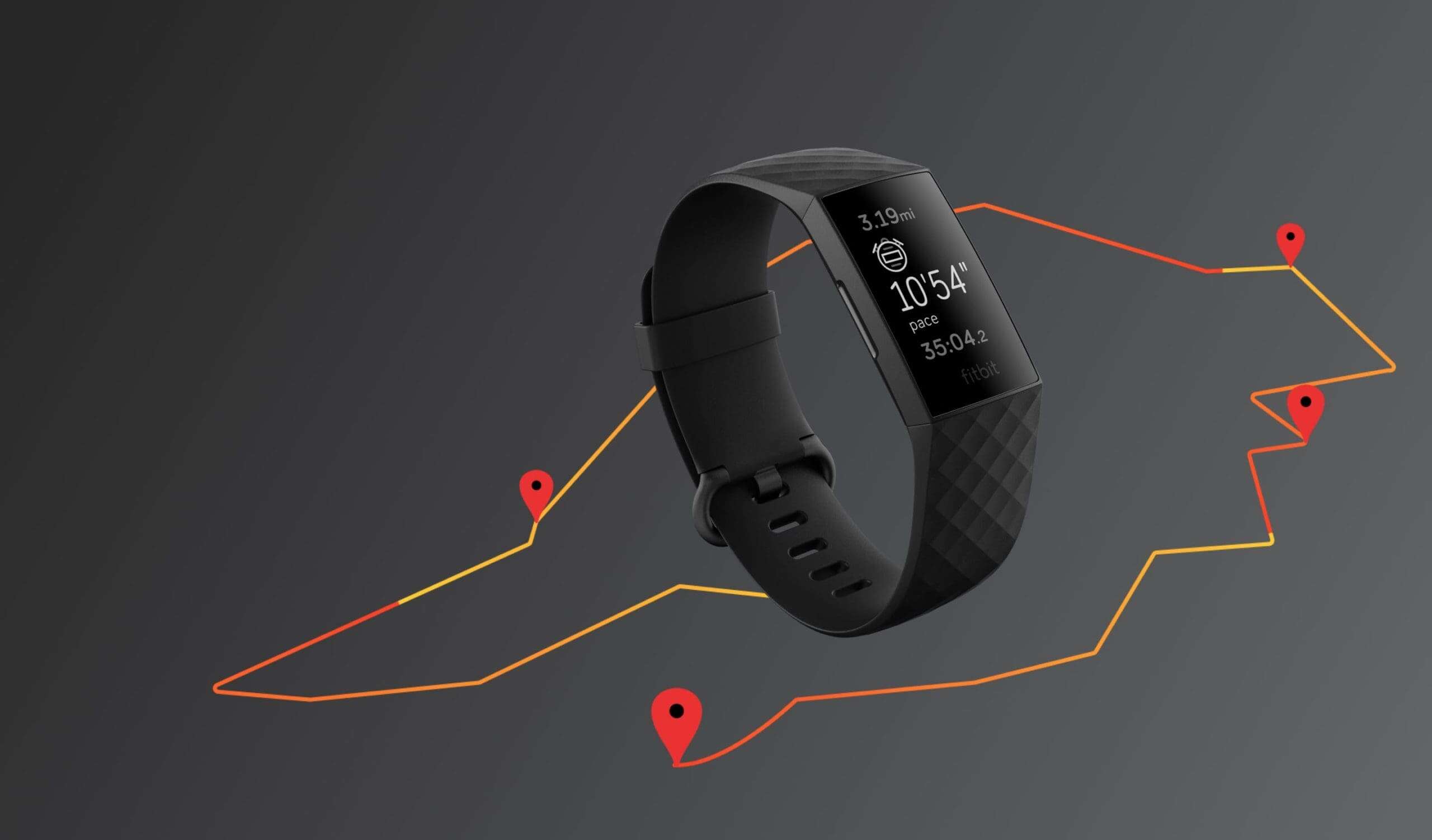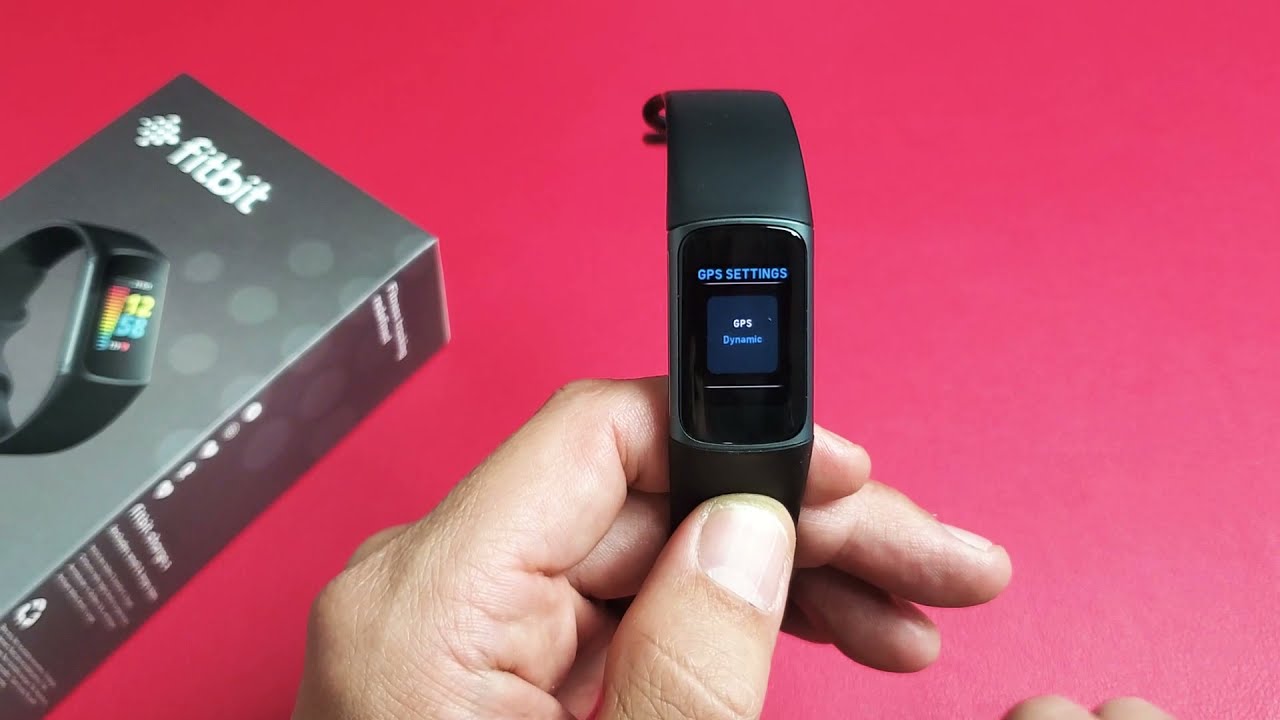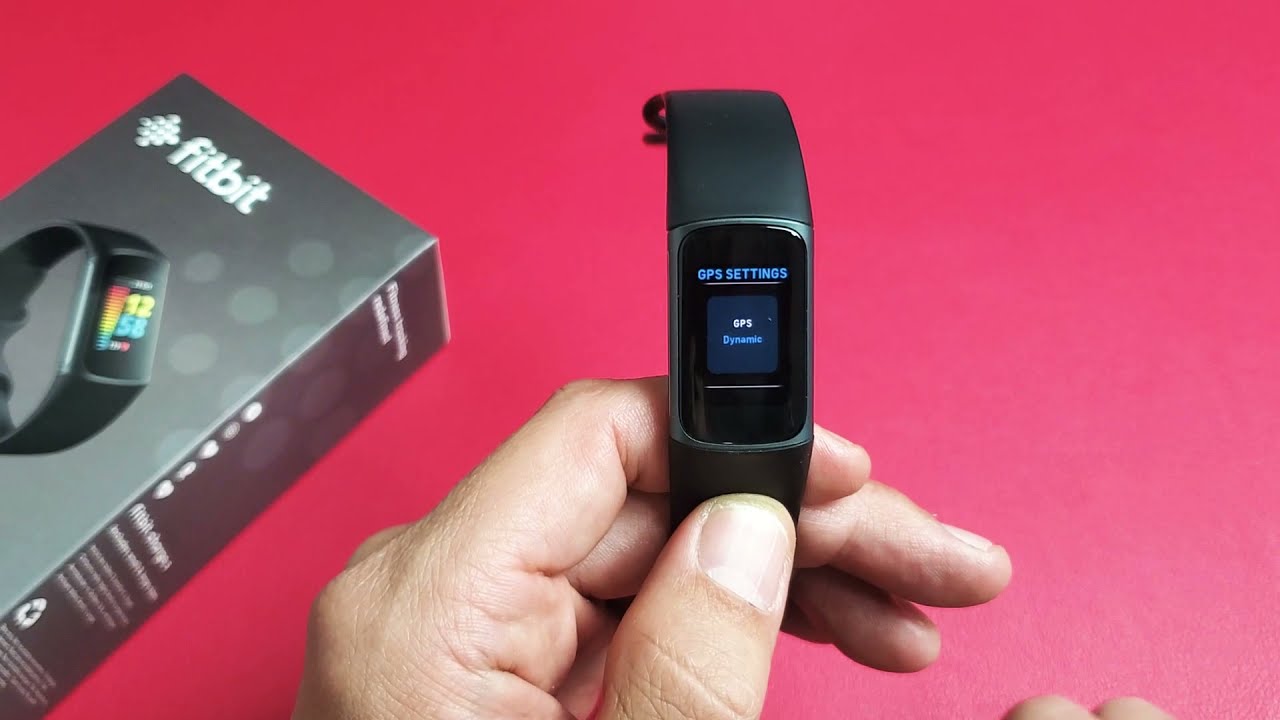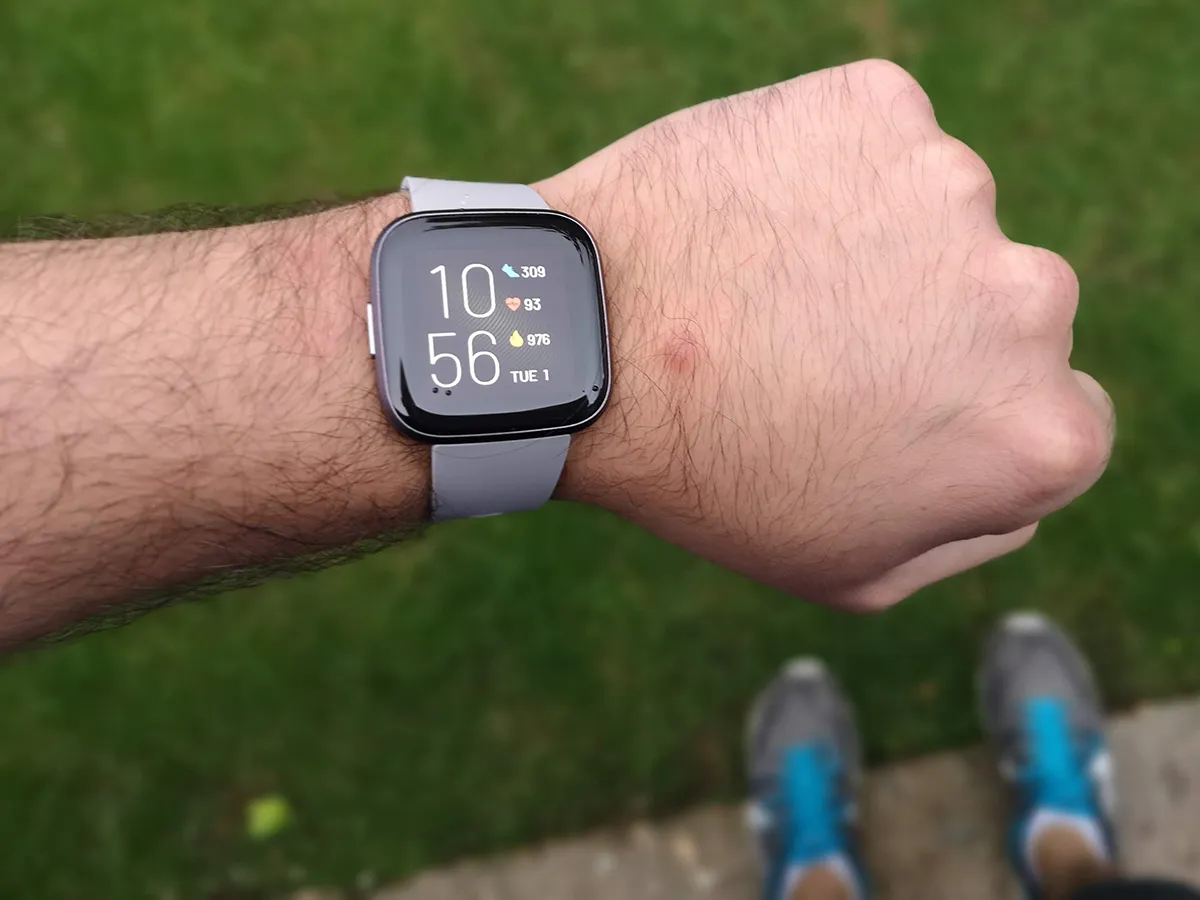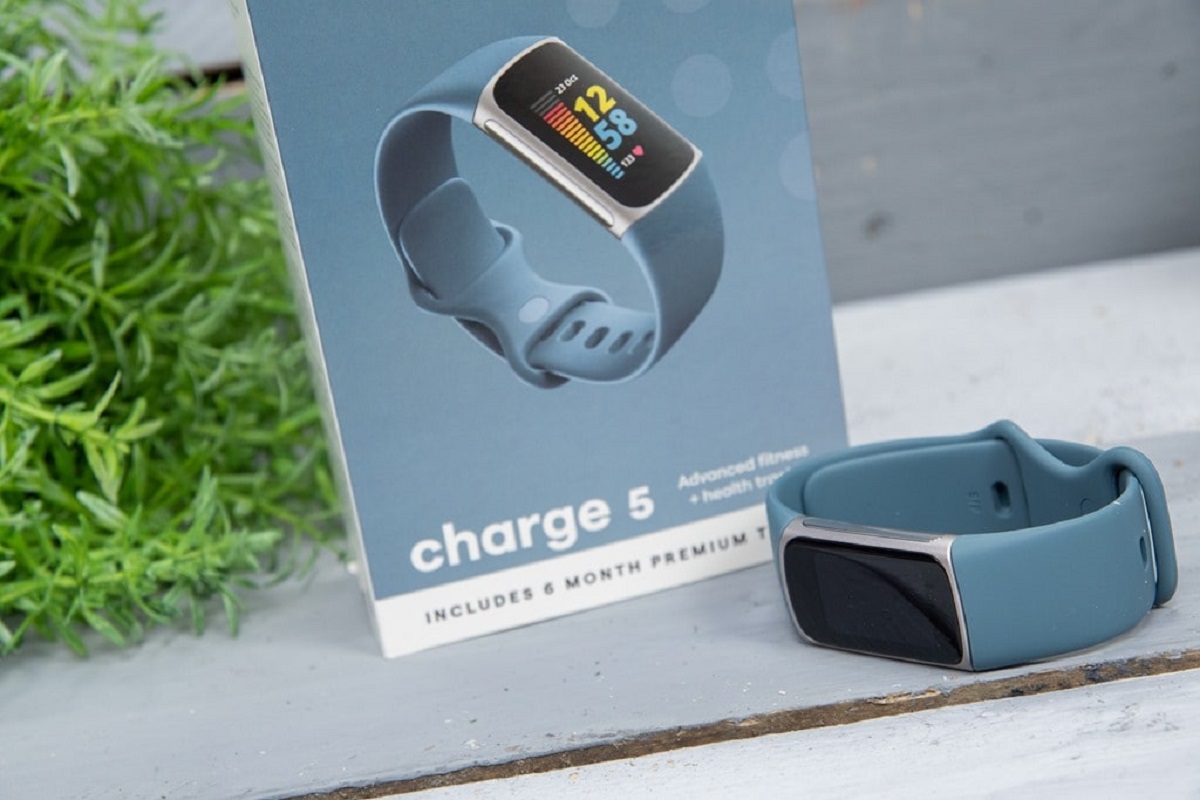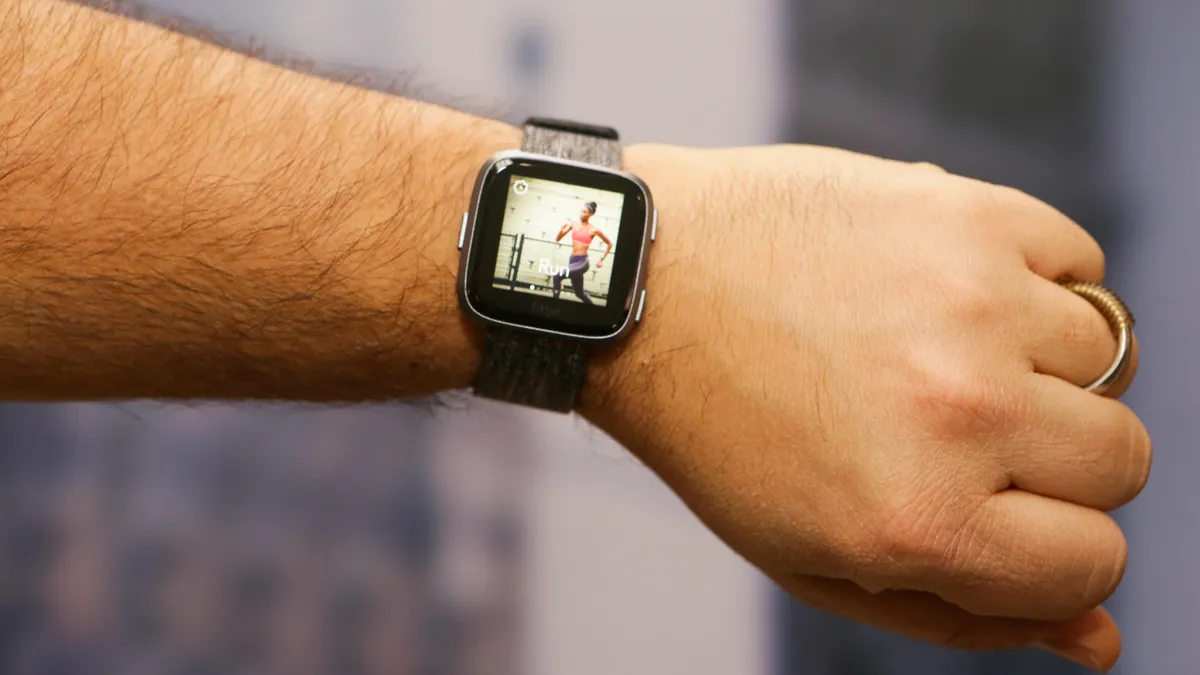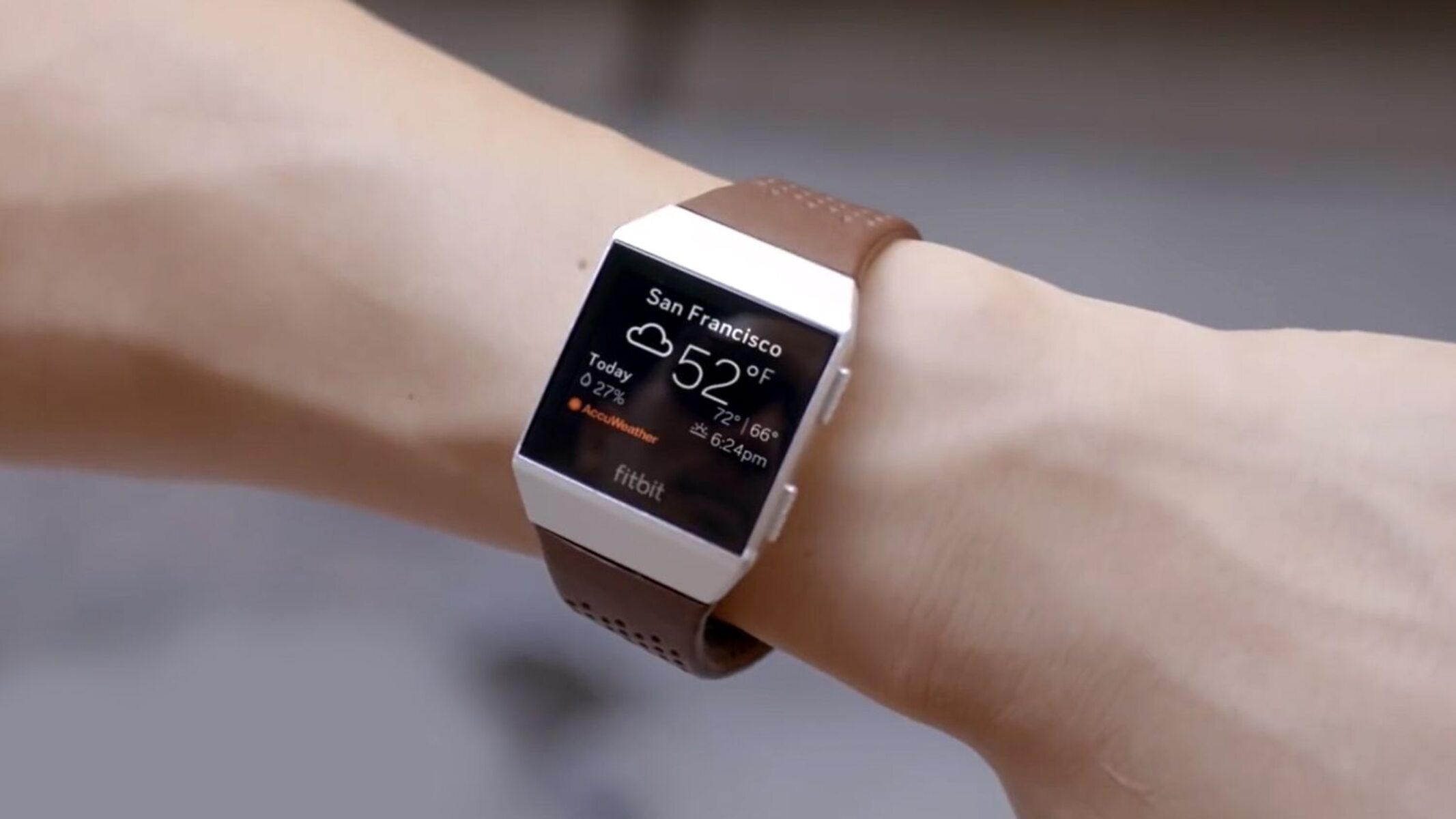Introduction
The Fitbit Charge 4 is a versatile and advanced fitness tracker designed to monitor various aspects of your health and fitness. One of its standout features is the built-in GPS, which allows you to accurately track your outdoor activities such as running, cycling, and hiking without needing to carry your smartphone. However, there are instances when you may want to turn off the GPS functionality on your Fitbit Charge 4. This could be to conserve battery life, maintain privacy, or simply because you don't require GPS tracking for a particular activity.
In this guide, we will explore the reasons why you might want to turn off GPS on your Fitbit Charge 4, as well as provide step-by-step instructions on how to do so. Additionally, we will share valuable tips for managing the GPS feature on your device effectively, ensuring that you can make the most of its capabilities while optimizing its performance to suit your specific needs. Whether you're a fitness enthusiast, an outdoor adventurer, or someone who simply wants to harness the full potential of their Fitbit Charge 4, this guide will equip you with the knowledge and tools to manage the GPS toggle feature with confidence and ease.
Why Turn Off GPS on Fitbit Charge 4
Turning off the GPS functionality on your Fitbit Charge 4 can be a strategic decision based on various factors. While the GPS feature is incredibly useful for tracking outdoor activities and providing accurate workout data, there are compelling reasons to disable it under certain circumstances.
Battery Conservation
The GPS feature on the Fitbit Charge 4 significantly impacts battery life. When enabled, the device continuously communicates with satellites to pinpoint your location, which consumes a considerable amount of power. By turning off GPS, you can extend the battery life of your Fitbit Charge 4, ensuring that it remains operational for a longer duration between charges. This is particularly beneficial for individuals who engage in indoor workouts or activities where GPS tracking is unnecessary.
Privacy Concerns
For individuals who prioritize privacy, disabling the GPS feature can be essential. When the GPS is active, your precise location data is continuously recorded and stored. By turning off GPS, you can mitigate privacy concerns and have greater control over the location information shared through your Fitbit device.
Indoor Workouts
During indoor workouts, such as treadmill running, stationary cycling, or gym sessions, GPS tracking is redundant. By deactivating the GPS feature, you can prevent the device from attempting to acquire satellite signals indoors, which not only conserves battery but also ensures that your workout data remains accurate and focused on the specific indoor activity you're engaging in.
Customized Tracking
In some cases, individuals may prefer to use alternative methods for tracking their outdoor activities, such as using a smartphone app or a dedicated GPS device. By turning off the GPS on the Fitbit Charge 4, users can choose to utilize other tracking options that better align with their preferences or provide additional features not available through the Fitbit device.
Versatile Usage
By having the ability to turn off GPS, the Fitbit Charge 4 becomes an even more versatile tool. Users can seamlessly transition between GPS-enabled outdoor activities and indoor workouts without the constraints of unnecessary GPS tracking, ensuring that the device adapts to their diverse fitness routines and lifestyle.
In the following sections, we will delve into the steps required to turn off the GPS feature on the Fitbit Charge 4, providing users with the knowledge and flexibility to manage this functionality according to their specific needs and preferences.
How to Turn Off GPS on Fitbit Charge 4
Turning off the GPS feature on your Fitbit Charge 4 is a straightforward process that can be accomplished directly from the device itself. Whether you're looking to conserve battery life, maintain privacy, or simply don't require GPS tracking for a specific activity, the following steps will guide you through the process of disabling the GPS functionality on your Fitbit Charge 4:
-
Access the Settings: Start by navigating to the main clock face on your Fitbit Charge 4. From there, swipe left to access the "Settings" menu.
-
Locate the GPS Option: Within the "Settings" menu, scroll down until you find the "GPS" option. Select it to enter the GPS settings.
-
Toggle Off: Once inside the GPS settings, you will see the option to toggle the GPS feature on or off. Simply tap the toggle switch to turn off the GPS functionality.
-
Confirmation: After toggling off the GPS, you may receive a confirmation prompt to ensure that you intend to disable the GPS feature. Confirm the action to deactivate GPS on your Fitbit Charge 4.
By following these steps, you can effectively turn off the GPS feature on your Fitbit Charge 4, customizing the device to suit your specific needs and preferences. Whether you're transitioning from outdoor to indoor activities, seeking to conserve battery life, or prioritizing privacy, having the ability to manage the GPS toggle provides a valuable level of control over your Fitbit Charge 4's functionality.
With the GPS feature disabled, your Fitbit Charge 4 will no longer actively acquire satellite signals or track your precise outdoor location, allowing you to optimize the device for different types of workouts and activities. Should you decide to re-enable GPS tracking in the future, simply revisit the GPS settings and toggle the feature back on, ensuring that your Fitbit Charge 4 remains adaptable to your evolving fitness routines.
By mastering the process of turning off the GPS feature on your Fitbit Charge 4, you can harness the full potential of the device while aligning its capabilities with your individual preferences and requirements. This level of customization empowers users to leverage the advanced features of the Fitbit Charge 4 while maintaining control over how and when GPS tracking is utilized.
Tips for Managing GPS on Fitbit Charge 4
1. Strategic Use of GPS
Strategic use of GPS can significantly enhance the overall experience with your Fitbit Charge 4. Instead of leaving the GPS feature on continuously, consider activating it only when engaging in outdoor activities that require precise location tracking. By selectively enabling GPS for specific workouts or adventures, you can optimize battery life and ensure that the device focuses its resources on activities where GPS data is essential.
2. Custom Activity Labels
When utilizing GPS for outdoor activities, take advantage of the custom activity labels feature on your Fitbit Charge 4. This allows you to specify the type of workout or adventure you're embarking on, providing context to the GPS-tracked data. Whether it's a trail run, cycling expedition, or hiking excursion, custom labels not only add a personal touch to your fitness records but also facilitate organized tracking of your outdoor endeavors.
3. Post-Workout GPS Analysis
After completing GPS-enabled activities, take time to review and analyze the tracked data using the Fitbit app. This post-workout analysis can unveil valuable insights into your performance, route taken, and elevation changes. By delving into the GPS data, you can gain a deeper understanding of your outdoor workouts, identify areas for improvement, and celebrate your accomplishments with a comprehensive overview of your fitness endeavors.
4. GPS for Location-Based Reminders
Harness the power of GPS for location-based reminders and notifications. By utilizing the GPS feature on your Fitbit Charge 4 to mark specific locations, such as your favorite running trail or a scenic cycling route, you can set location-based reminders to prompt you with relevant notifications when you revisit those areas. This functionality adds a layer of convenience and personalization to your fitness journey, enhancing the overall utility of GPS on your device.
5. Firmware and App Updates
Stay informed about firmware and app updates for your Fitbit Charge 4, as these may introduce new features, enhancements, or optimizations related to GPS functionality. By keeping your device and app up to date, you can ensure that you're benefiting from the latest improvements and refinements, including advancements in GPS tracking, accuracy, and efficiency.
6. GPS in Conjunction with Other Features
Explore the synergy between GPS and other features of the Fitbit Charge 4. For example, consider combining GPS tracking with heart rate monitoring to gain comprehensive insights into your outdoor workouts. By leveraging multiple features in tandem, you can elevate the depth and richness of your fitness data, enabling a holistic approach to tracking and analyzing your performance.
7. GPS for Adventure Documentation
If you're embarking on outdoor adventures, such as hiking in scenic landscapes or exploring new running routes, utilize the GPS feature to document your experiences. The tracked GPS data can serve as a digital record of your adventures, capturing the paths you've traversed, the distances covered, and the geographical context of your explorations. This not only adds a storytelling element to your fitness pursuits but also preserves memorable moments from your outdoor escapades.
8. GPS and Weather Integration
Consider integrating GPS data with weather information to gain a comprehensive understanding of how environmental factors impact your outdoor activities. By correlating GPS-tracked routes with weather conditions, you can discern patterns, adapt your workouts based on forecasted conditions, and develop a nuanced awareness of how weather influences your fitness routines.
By implementing these tips for managing GPS on your Fitbit Charge 4, you can optimize the functionality of the GPS feature, elevate your outdoor workout experiences, and derive greater value from the advanced tracking capabilities of your device. Whether it's streamlining GPS usage, leveraging GPS data for insightful analysis, or integrating GPS with other features, these strategies empower you to make the most of the GPS toggle on your Fitbit Charge 4.
Conclusion
In conclusion, the ability to manage the GPS toggle on the Fitbit Charge 4 empowers users to customize the device according to their unique preferences and requirements. By understanding the reasons for turning off GPS, mastering the process of deactivating the feature, and implementing strategic tips for GPS management, individuals can optimize their experience with the Fitbit Charge 4 while harnessing the full potential of its advanced tracking capabilities.
The decision to turn off GPS on the Fitbit Charge 4 can be driven by various factors, including the need to conserve battery life, maintain privacy, and customize tracking for different types of activities. Whether it's prioritizing indoor workouts, mitigating privacy concerns, or enhancing the versatility of the device, the ability to toggle the GPS feature provides users with a valuable level of control over their Fitbit Charge 4.
By following the simple steps to turn off GPS on the Fitbit Charge 4, users can seamlessly transition between outdoor and indoor activities, ensuring that the device optimally aligns with their fitness routines. The straightforward process of deactivating GPS empowers individuals to make strategic decisions about when and how GPS tracking is utilized, ultimately enhancing the overall functionality and adaptability of the Fitbit Charge 4.
Furthermore, the tips for managing GPS on the Fitbit Charge 4 offer valuable insights into maximizing the benefits of GPS tracking while minimizing its impact on battery life and privacy. From strategic use of GPS and post-workout analysis to integrating GPS with other features and documenting outdoor adventures, these tips enable users to derive greater value from the GPS toggle, elevating their fitness tracking experiences.
In essence, the ability to turn off and manage GPS on the Fitbit Charge 4 reflects the device's commitment to user-centric customization and adaptability. By providing users with the flexibility to tailor GPS functionality according to their specific needs, the Fitbit Charge 4 empowers individuals to engage in diverse workouts, maintain privacy, and optimize battery life without compromising on the advanced tracking capabilities that define the device.
In the ever-evolving landscape of health and fitness technology, the seamless integration of advanced features with user control and customization sets the Fitbit Charge 4 apart as a versatile and intuitive fitness companion. As users continue to explore the potential of their Fitbit Charge 4, the ability to manage the GPS toggle stands as a testament to the device's commitment to personalized fitness experiences and user-driven adaptability.







